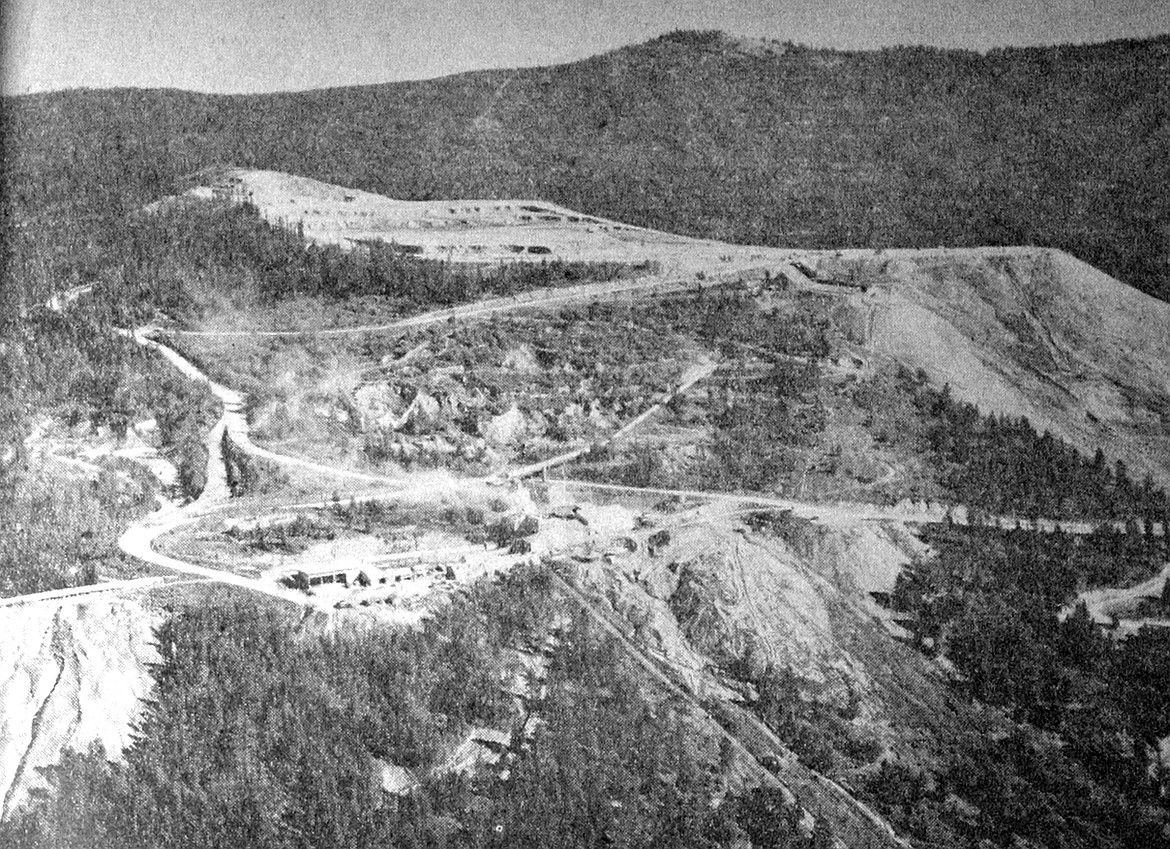EPA hosting meeting on Superfund cleanup work
The Environmental Protection Agency is hosting a meeting next week to discuss the results of its latest review at the Libby Superfund Site, but local officials are concerned about the possibility of premature delistings of some sites and continued human health concerns in south Lincoln County.
The meeting is scheduled for 6 p.m. Tuesday, July 15, in the Ponderosa Room at Libby City Hall.
For those who can’t attend, there is a virtual option listed below.
Become a Subscriber!
You have read all of your free articles this month. Select a plan below to start your subscription today.
Already a subscriber? Login



